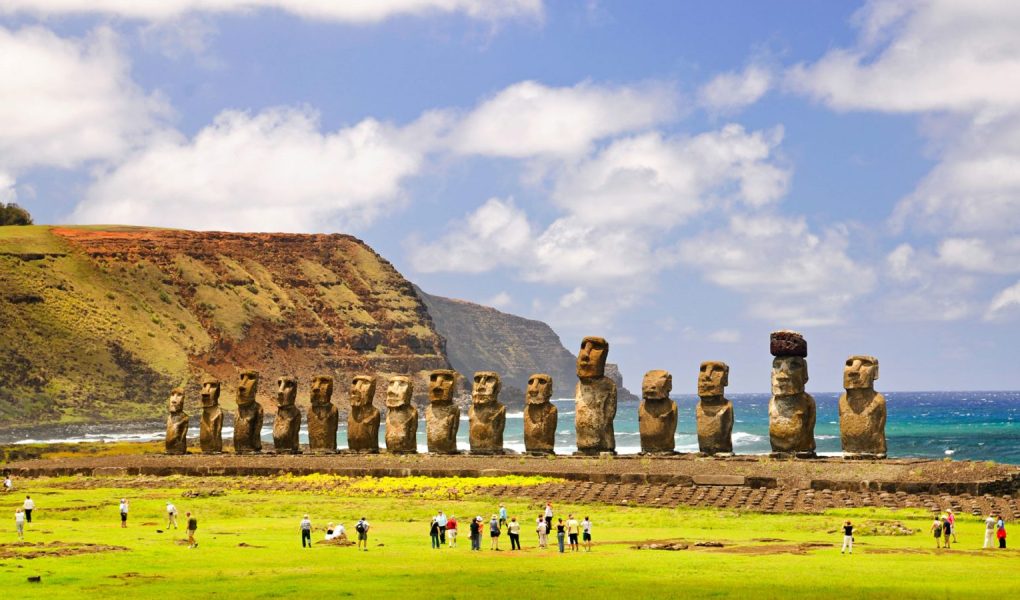kwmedley.com – Easter Island, known locally as Rapa Nui, is a remote and mysterious island located in the southeastern Pacific Ocean. It is a territory of Chile and is renowned for its monumental stone statues, known as moai, which have captivated the world for centuries. In 1995, UNESCO designated Easter Island as a World Heritage Site, recognizing its unique cultural and historical significance.
Historical Background
Easter Island was first settled by Polynesian people around the 4th century AD. The island’s isolation and unique environment led to the development of a distinct culture, characterized by the creation of the iconic moai statues. These statues, carved from volcanic rock, are believed to represent important figures such as ancestors, chiefs, or other significant individuals in Rapa Nui society.
The Moai Statues
The moai statues are the most recognizable feature of Easter Island. These massive stone figures, averaging 13 feet (4 meters) tall and weighing around 14 tons, were carved from the volcanic rock found in the Rano Raraku quarry. The exact purpose of these statues remains a mystery, but most scholars believe they were created to honor important individuals or to serve as guardians of the island.
Environmental and Cultural Challenges
The Rapa Nui people faced significant environmental challenges, including deforestation and soil erosion, which may have contributed to the decline of their civilization. By the time Europeans arrived in 1722, the island was largely barren, and its population had significantly decreased. Today, conservation efforts are crucial to preserve the island’s unique cultural heritage and natural environment.
UNESCO World Heritage Site
In 1995, Easter Island was inscribed as a UNESCO World Heritage Site, encompassing the entire island and its surrounding waters. The designation aims to protect the island’s archaeological sites, including the moai statues, and to promote sustainable tourism practices that respect the island’s cultural and environmental integrity.
Tourism and Conservation
Tourism plays a significant role in the economy of Easter Island. Visitors are drawn to the island’s mysterious statues and its unique cultural history. However, the influx of tourists also poses challenges for conservation. Efforts are being made to balance tourism with the preservation of the island’s heritage, including the restoration of the moai statues and the protection of archaeological sites.
Conclusion
Easter Island remains one of the most enigmatic and fascinating places on Earth. Its rich history, unique culture, and the enduring mystery of the moai statues continue to attract scholars, tourists, and adventurers from around the world. As a UNESCO World Heritage Site, Easter Island stands as a testament to the ingenuity and resilience of the Rapa Nui people, and a reminder of the importance of preserving our shared cultural heritage.




